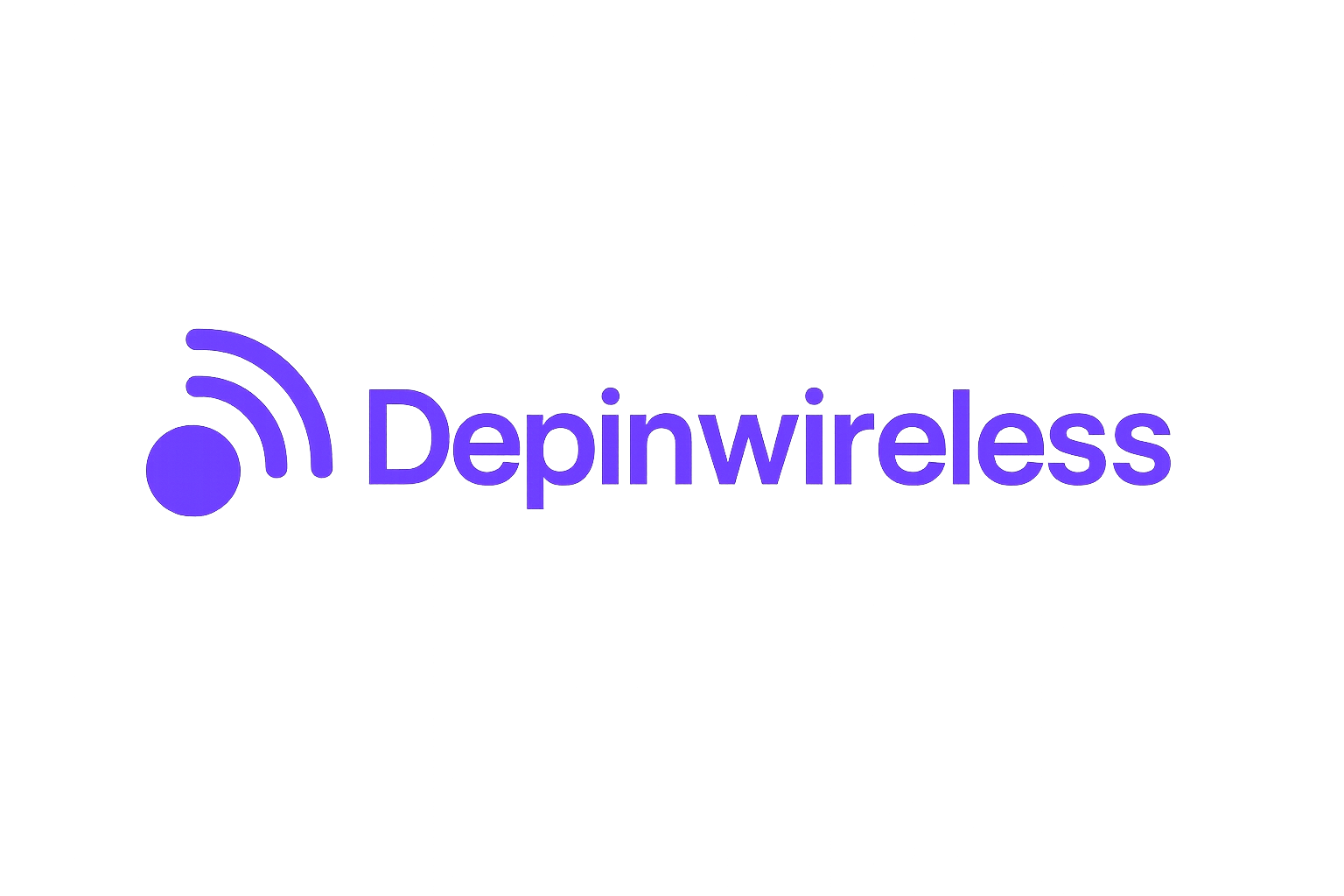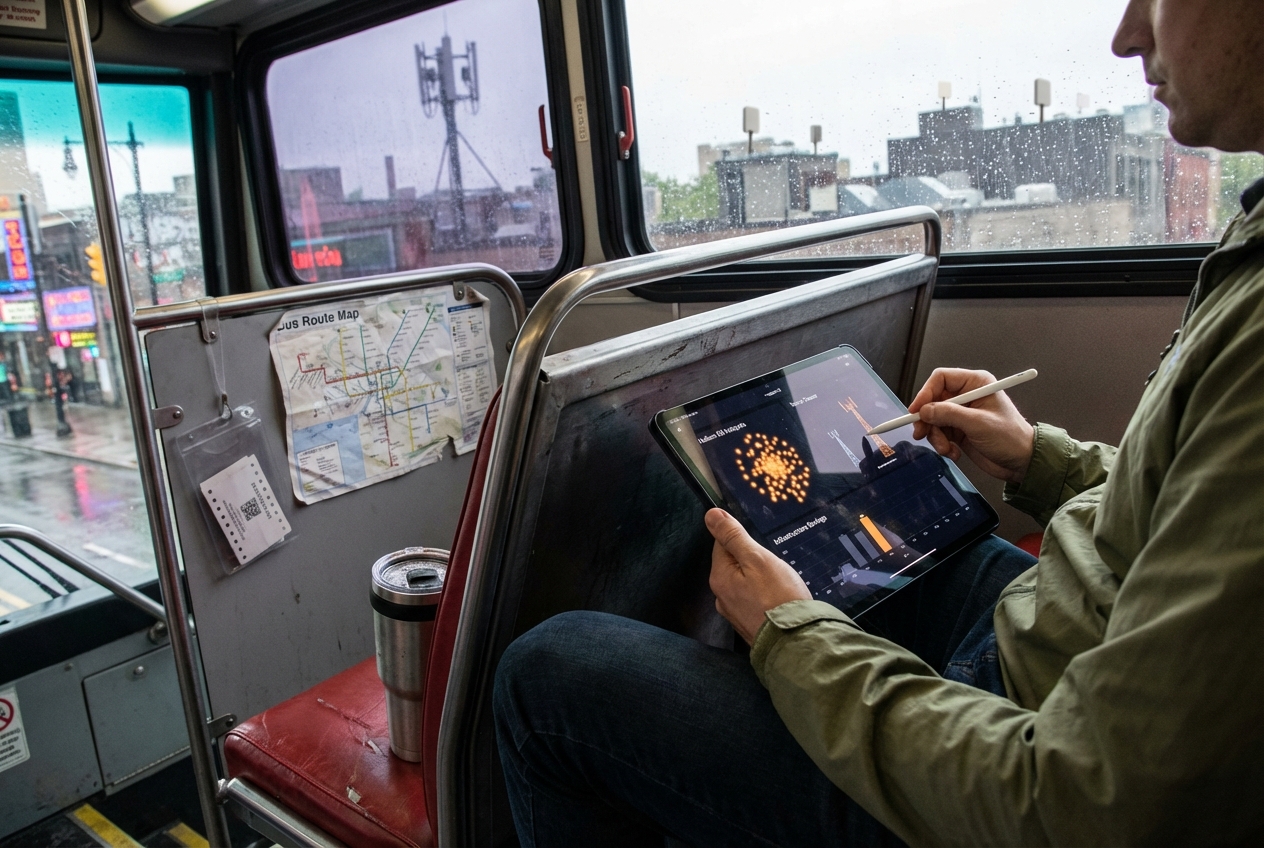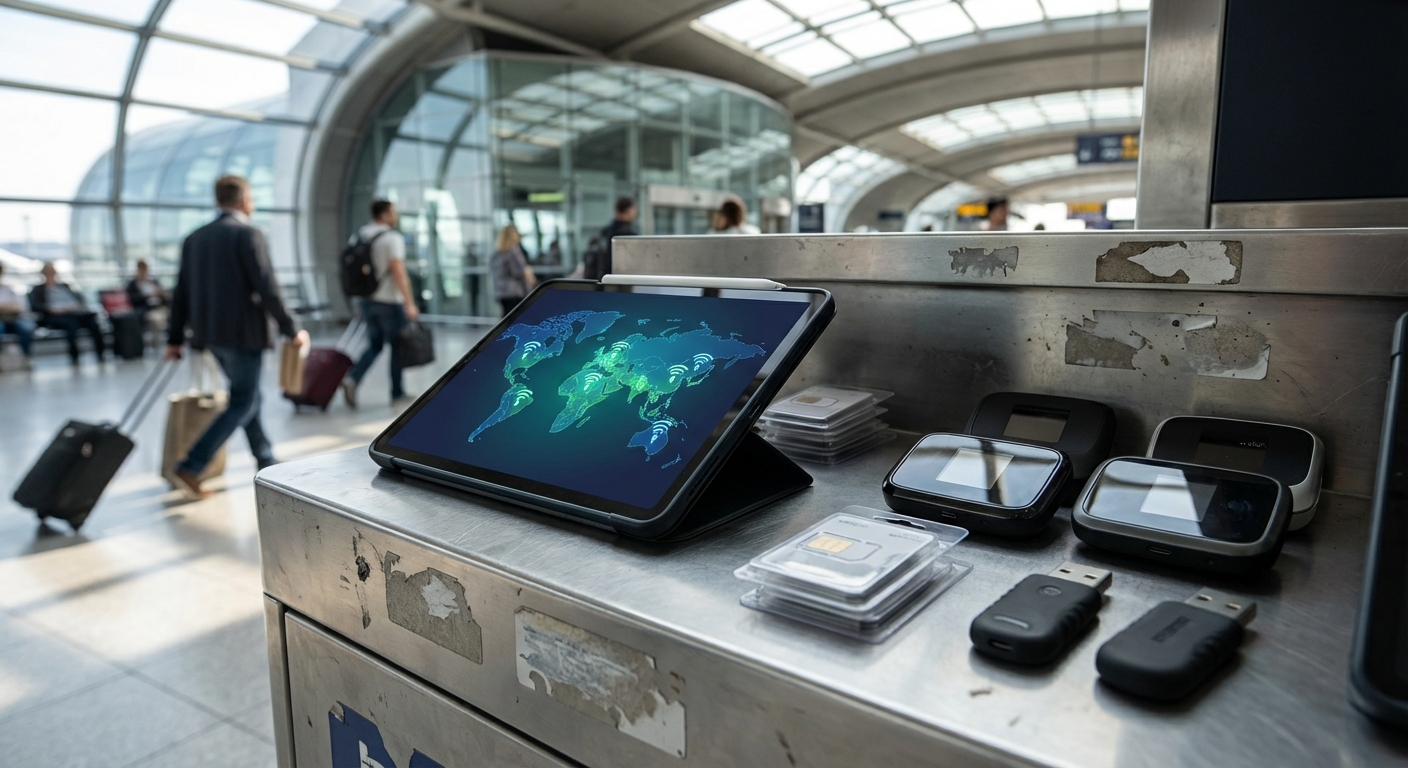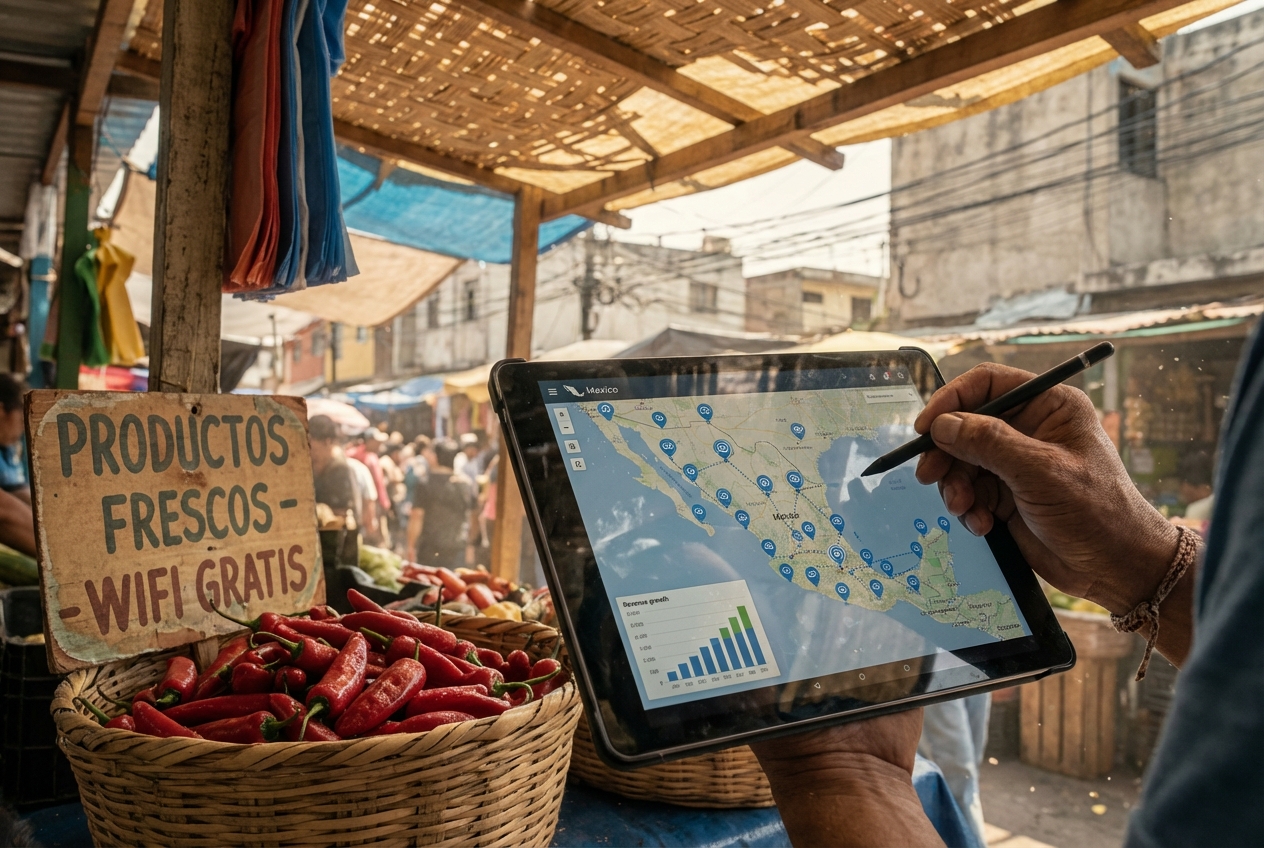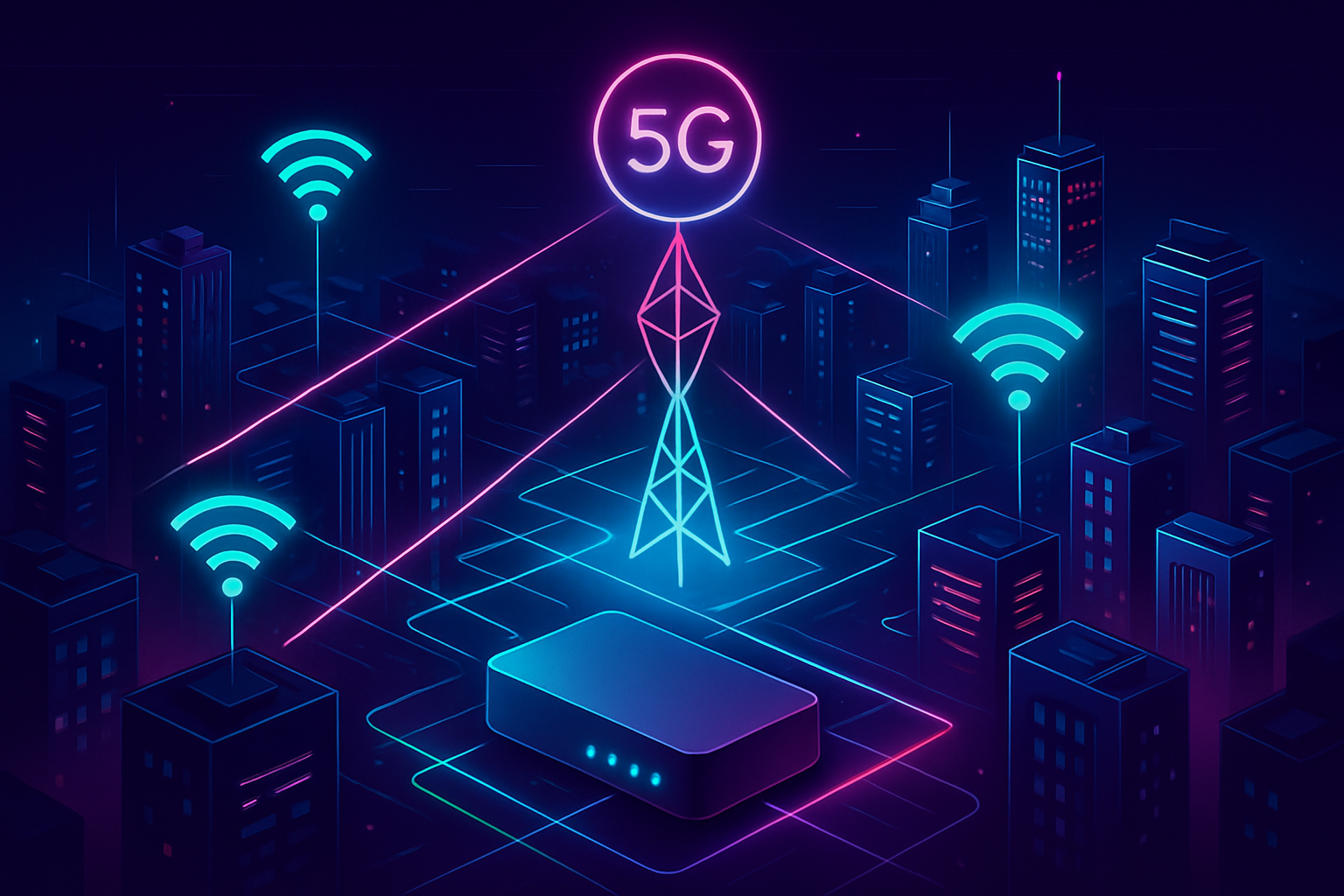
In the heart of today’s smart cities, a quiet revolution is unfolding. The traditional top-down model of wireless connectivity, dominated by centralized telcos and infrastructure giants, is being disrupted by a decentralized, community-driven approach. At the forefront is Helium’s 5G hotspot network, a blockchain-powered platform that empowers individuals and businesses to deploy their own wireless coverage, transforming urban landscapes into agile, people-owned networks.

From LoRaWAN to Urban 5G: The Helium Network’s Strategic Expansion
The Helium Network first gained notoriety as the world’s largest decentralized LoRaWAN provider for IoT devices. But its ambitions quickly grew. In 2022, Helium acquired FreedomFi to enter the 5G domain, enabling everyday users to deploy CBRS-compatible 5G hotspots across urban areas. This move was more than tactical; it marked a paradigm shift from narrowband IoT to high-throughput mobile data, an essential leap for smart city connectivity.
Today, over 400,000 hotspots span more than 170 countries (Solana Case Study), making Helium not only the largest LoRaWAN network globally but also a rapidly expanding player in decentralized urban wireless. Each hotspot owner is rewarded in Helium Network Tokens (HNT), currently trading at $2.48, for providing verified coverage and relaying data. This incentive structure has galvanized a new wave of participation, urban residents are now stakeholders in their city’s digital infrastructure.
The Proof-of-Coverage Protocol: Trustless Verification Meets Urban Density
The backbone of this model is Helium’s Proof-of-Coverage (PoC) protocol, a blockchain-native system that cryptographically verifies both the physical location and service quality of each hotspot. In dense urban environments where signal overlap and interference are common challenges, PoC ensures that only genuinely useful coverage is rewarded.
This trustless verification mechanism prevents gaming of the system while encouraging optimal placement, on rooftops, streetlights, offices, or even coffee shops, where real-world demand exists. As a result, network density grows organically where it’s needed most: in bustling business districts, residential towers, and transit corridors.
Decentralized Wireless as Urban Infrastructure: Beyond Traditional Telcos
The implications extend far beyond hobbyist experimentation or passive income streams. By leveraging blockchain wireless networks like Helium, cities gain access to scalable and resilient infrastructure without waiting for slow-moving incumbents or massive capital expenditures. For instance, partnerships such as Movistar-Helium in Mexico demonstrate how telecom carriers can offload traffic onto community-owned networks, improving both coverage and cost efficiency.
This collaborative model unlocks new possibilities for smart city applications: from real-time transit tracking to environmental monitoring and emergency response systems, all powered by decentralized 5G infrastructure rather than siloed corporate assets.
Capital is no longer the sole gatekeeper to wireless innovation. The Helium Network’s model enables anyone, from tech-savvy entrepreneurs to local businesses, to become an active participant in the urban connectivity ecosystem. This democratized approach is rapidly accelerating network expansion and resilience, especially in underserved or high-demand neighborhoods where traditional carriers have little incentive to invest.
One of the defining features of Helium’s decentralized urban wireless is its ability to dynamically adapt to shifting demand. Hotspot density isn’t dictated by corporate boardrooms but by actual usage patterns, community needs, and market incentives. As more residents and enterprises join the network, motivated by both improved connectivity and HNT rewards at $2.48: urban coverage becomes increasingly robust and redundant.
The Proof-of-Coverage system ensures that only those providing verifiable, valuable service are rewarded, which curtails wasteful deployments while driving meaningful infrastructure growth. This self-optimizing mechanism is particularly advantageous for cities facing rapid population growth or unpredictable surges in wireless demand due to events or emergencies.
Economic Incentives and Token Dynamics: Aligning Stakeholders for Sustainable Growth
The backbone of Helium’s economic engine is its tokenomics, specifically, the issuance of Helium Network Tokens (HNT). At a current price of $2.48, HNT serves as both a reward and a utility token within the ecosystem. Operators earn HNT for expanding and maintaining coverage, while enterprise users burn tokens to access data transfer on the network.
This dual-sided incentive structure aligns interests across all stakeholders: individual hotspot owners are motivated by direct financial upside; enterprises benefit from lower-cost, flexible wireless infrastructure; and cities gain resilient coverage without heavy public expenditure. The result is a virtuous cycle that encourages continual reinvestment into urban digital infrastructure.
Challenges and Strategic Outlook: What’s Next for Decentralized Urban Wireless?
No transformation comes without friction. Regulatory uncertainty around spectrum usage, evolving standards for device interoperability, and ongoing debates around network security represent ongoing challenges for decentralized 5G infrastructure projects like Helium. Yet the momentum is undeniable: over 400,000 hotspots globally signal that this model has achieved critical mass.
Looking ahead, expect continued expansion into new geographies as well as deeper integration with municipal services and IoT platforms. Strategic partnerships, such as those with telecoms for carrier offloading or city governments for smart infrastructure pilots, will likely define the next phase of growth.
For investors, technologists, and policymakers alike, Helium’s decentralized approach offers a compelling blueprint for the future of smart city connectivity. By aligning economic incentives with community-driven deployment, and leveraging blockchain transparency, the network is not just disrupting legacy telcos; it’s architecting an entirely new paradigm for how cities connect, communicate, and thrive in the digital era.
